The Goddess Diana resting after the hunt
Pen and brown ink, brown wash, brown ink framing lines, squared in black chalk, laid down onto a support sheet with additional framing lines in brown ink, 184 x 136 mm
Inscribed ‘Gabbiani’ and ‘Del Gabbiani’
Provenance: private collection, The Netherlands
*
Born in Florence, Gabbiani first apprenticed with the Medici court portrait painter Justus Sustermans, then with the Florentine Vincenzo Dandini; subsequently moved to Rome in 1673, where he studied under the Medici-sponsored Accademia Fiorentina, led by Ciro Ferri and Ercole Ferrata.1 This latter tutelage and his style has led Gabbiani to be described as one of the ‘’Cortoneschi’’ or followers of Pietro da Cortona, albeit second-generation. In 1678–79, he travelled to Venice, where he worked in the studio of Sebastiano Bombelli, returning to his native Florence in 1680, where he was often patronized by Grand Prince Ferdinando, the son of the Grand Duke Cosimo III. He painted the portrait of his patron surrounded by musicians (c. 1685; Pitti Palace). He frescoed the Apotheosis of Cosimo il Vecchio in the ceiling of the Sala da Pranzo in the Villa di Poggio a Caiano.
Gabbiani also completed works on sacred subjects. He painted in the church of San Frediano in Cestello. By 1684, he completed an Annunciation [1] for the Pitti Palace. He completed a St. Francis de Sales in Glory (1685) for the church of Santi Apostoli.His pupils included Giovanna Fratellini, Ignazio Enrico Hugford (also a biographer), Benedetto Luti, Pietro Marchesini of Pistoia,[2] Ranieri del Pace, Giovanni Battista, Tommaso Redi, and his brother Gaetano Gabbiani.
This beautiful drawing was squared in black chalk, which indicates the design was transferred to another medium of larger scale, presumably a painting or fresco.
1. For the artist, see: Bruce Davis, Bruce), "Some Works by Florentine Cortoneschi: Gabbiani and Nasini", The Burlington Magazine, 1983, p. 689.
Shipping in Europe: EUR 25







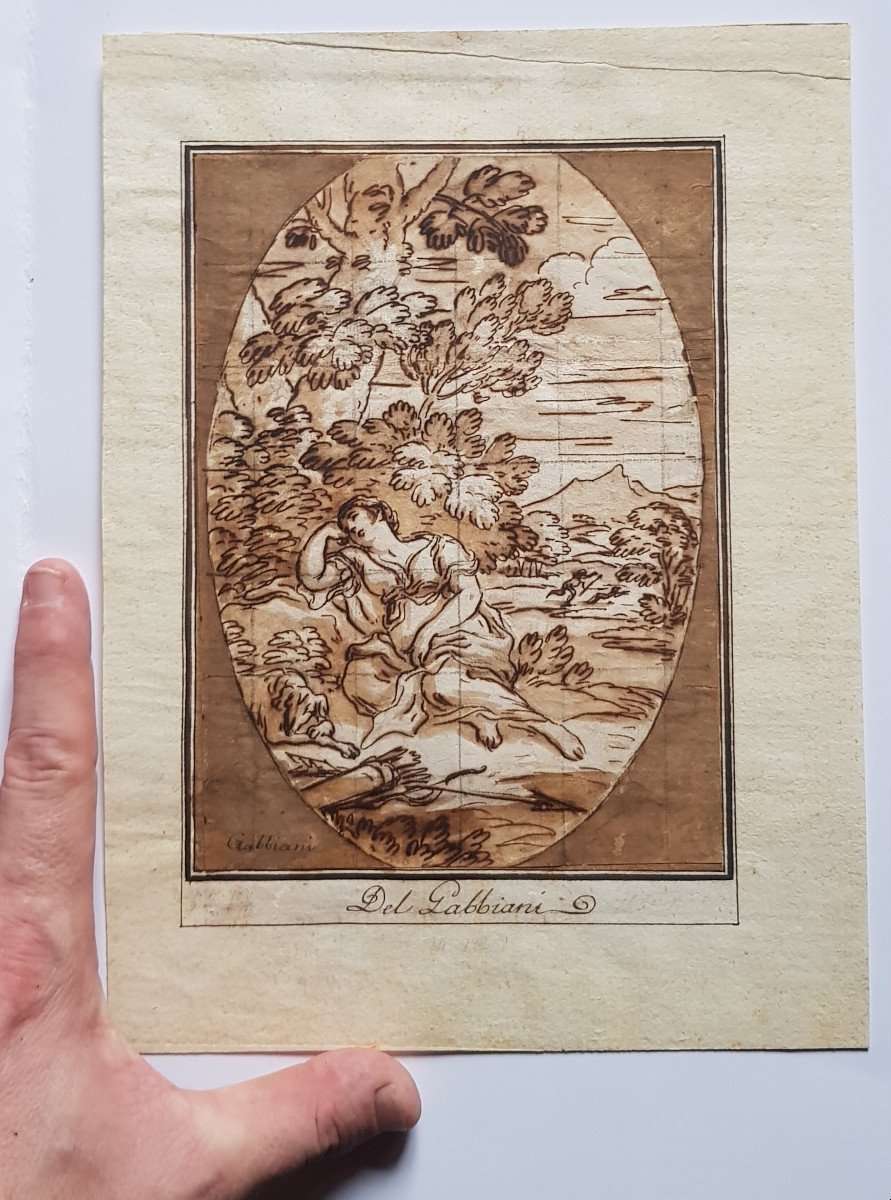












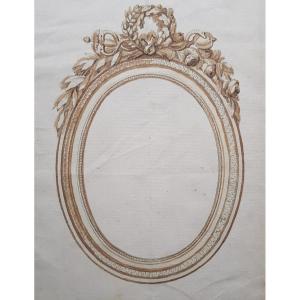
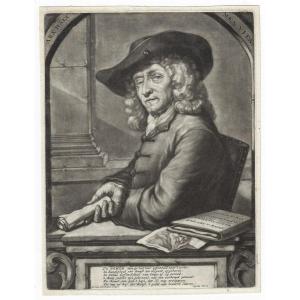
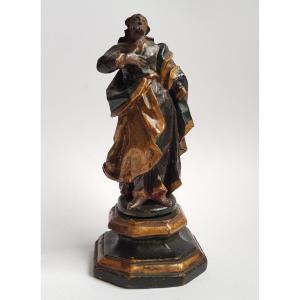
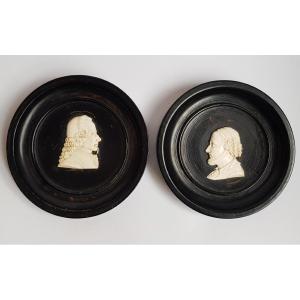



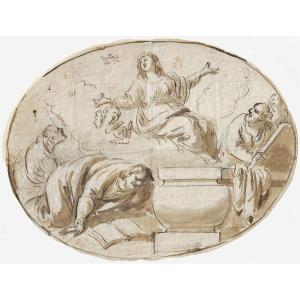
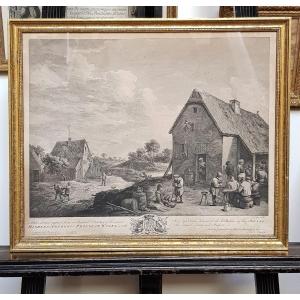
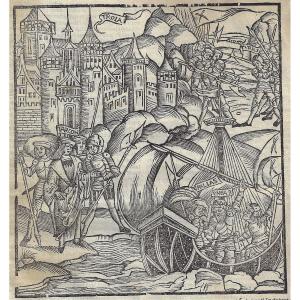

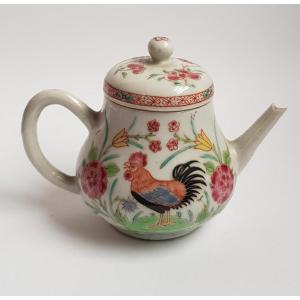
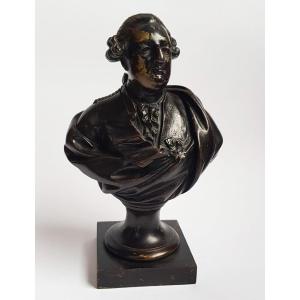
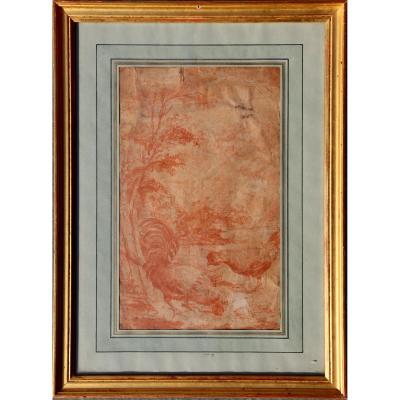







 Le Magazine de PROANTIC
Le Magazine de PROANTIC TRÉSORS Magazine
TRÉSORS Magazine Rivista Artiquariato
Rivista Artiquariato